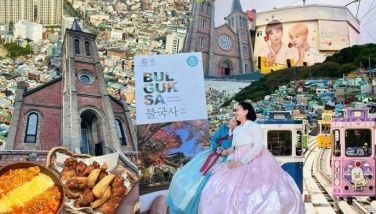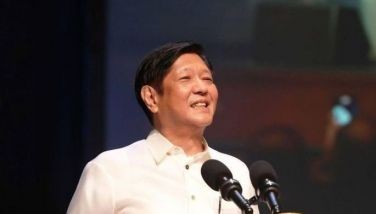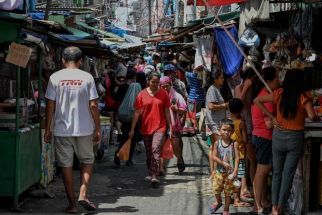Bonifacio, Ang Unang Pangulo
The Metro Manila Film Festival (MMFF) is now upon us with its eight mainstream finalists awaiting judgment. One of the entries Bonifacio, Ang Unang Pangulo is already making waves as the only historical entry with Robin Padilla as Andres Bonifacio.
Our history lessons from grade school tell us that Bonifacio was a Filipino nationalist and revolutionary leader. He was founder and Supremo of the Kataas-taasan, Kagalang-galangang Katipunan ng mga Anak ng Bayan or simply Katipunan, a movement which sought the independence of the country from Spain. He is considered a de facto National Hero of the Philippines, and also considered by some Filipino historians to be the first president of the Philippines by virtue of the revolutionary government he established.
Bonifacio was born in Tondo, Manila, the son of Santiago Bonifacio of Taguig, and Catalina de Castro of Iba, Zambales. He was the eldest of six children. His father was a tailor, while his mother a supervisor at a cigarette factory in Manila. He married an 18-year-old Gregoria de Jesus known by her nickname Oriang played by Vina Morales.
Bonifacio was blessed with hands good at craftsmanship and visual arts. He made canes and paper fans, which he and his young siblings sold, and he made posters for business firms. Bonifacio also founded a theater company with his friends, Macario Sakay and Aurelio Tolentino, where he was also a part-time actor performing in moro-moro plays. He read books about the French Revolution, biographies of presidents, books about contemporary Philippine penal and civil codes, and novels such as Victor Hugo’s Les Miserables, and José Rizal’s Noli Me Tangere and El Filibusterismo. Aside from Tagalog and Spanish, he could speak and understand English.
From Manila, the Katipunan quickly expanded to several provinces. Later, Bonifacio, Emilio Jacinto and Pio Valenzuela put out a publication, Kalayaan (Freedom), which sadly had only one printed issue. Bonifacio wrote several pieces for the paper, including the poem Pag-ibig sa Tinubuang Lupa under the pseudonym Agapito Bagumbayan. Kalayaan led to a great increase in awareness among the people as to who was the hero, and who was the villain.
The rapid increase in Katipunan activity drew the suspicion from Spanish authorities. By early 1896, Spanish intelligence was aware of the existence of a seditious secret society, with some, especially Bonifacio, believing a revolution was inevitable. The consensus among them was to consult Dr. Jose Rizal in Dapitan before launching armed action. Bonifacio sent Pio Valenzuela to Rizal who was against the revolution, believing it to be premature. Rizal recommended more preparation, but suggested that, in the event the revolution did break out, they should seek the leadership of Antonio Luna, who was widely regarded as a brilliant military leader.
We hope this short biography gives the reader a clearer view of the relationship and misconceptions in those days between our National Heroes. Bonifacio, in particular, although of humble origins, was self-educated, read all kinds of books and performed in theatrical productions.
(E-mail your comments to bibsyfotos@yahoo.com or text 0917-8991835.)
- Latest
- Trending


































